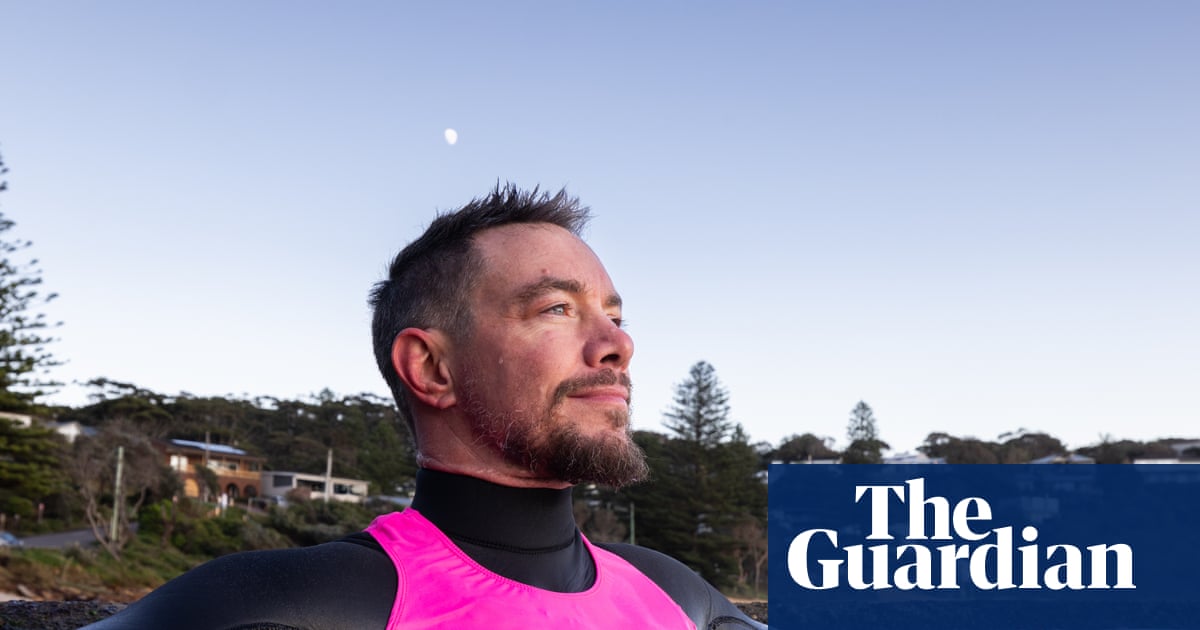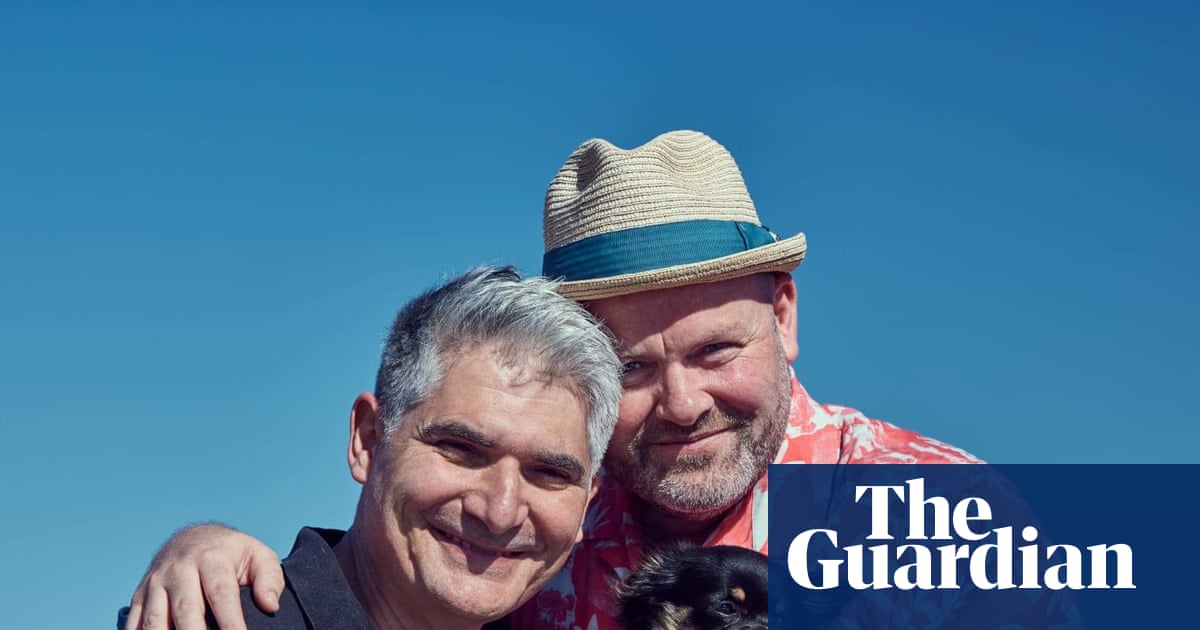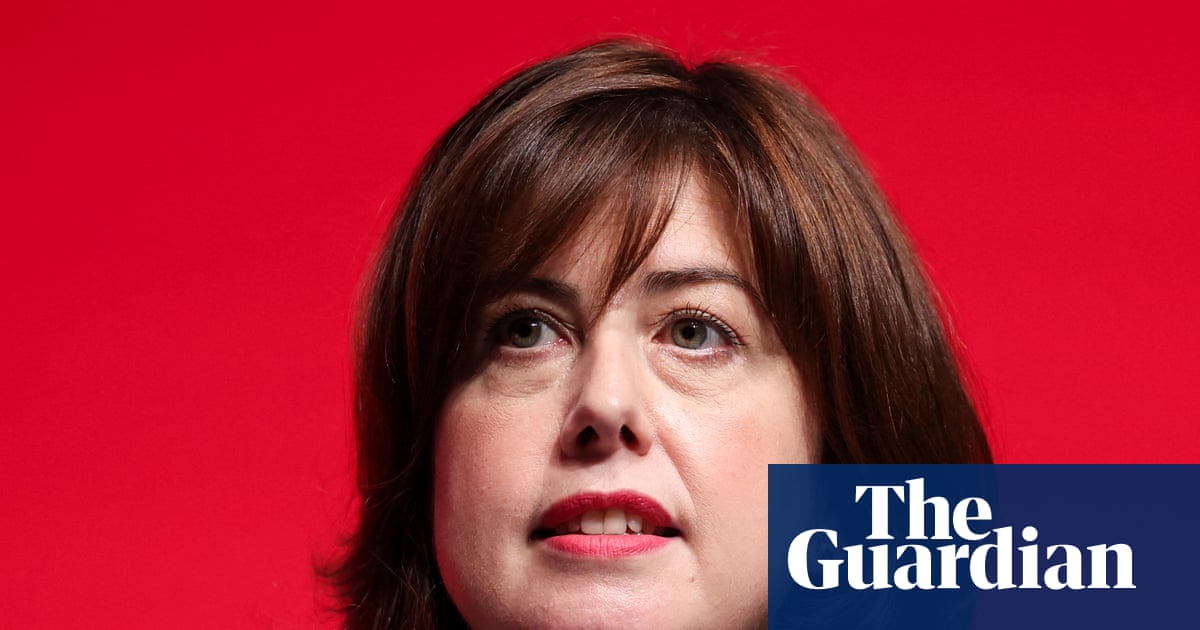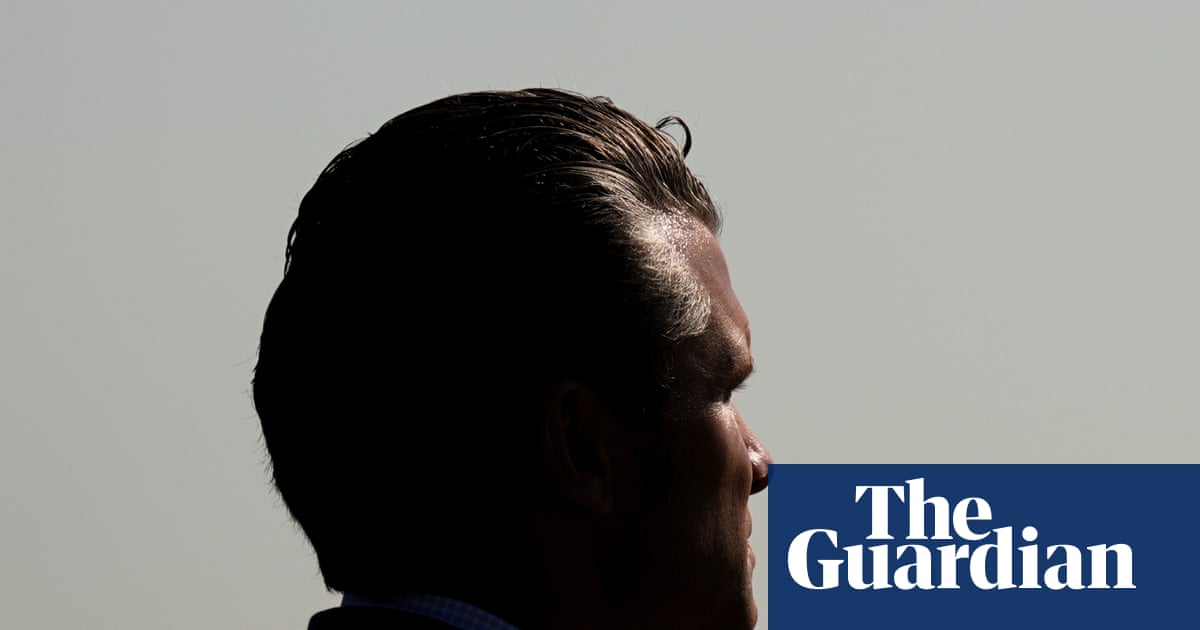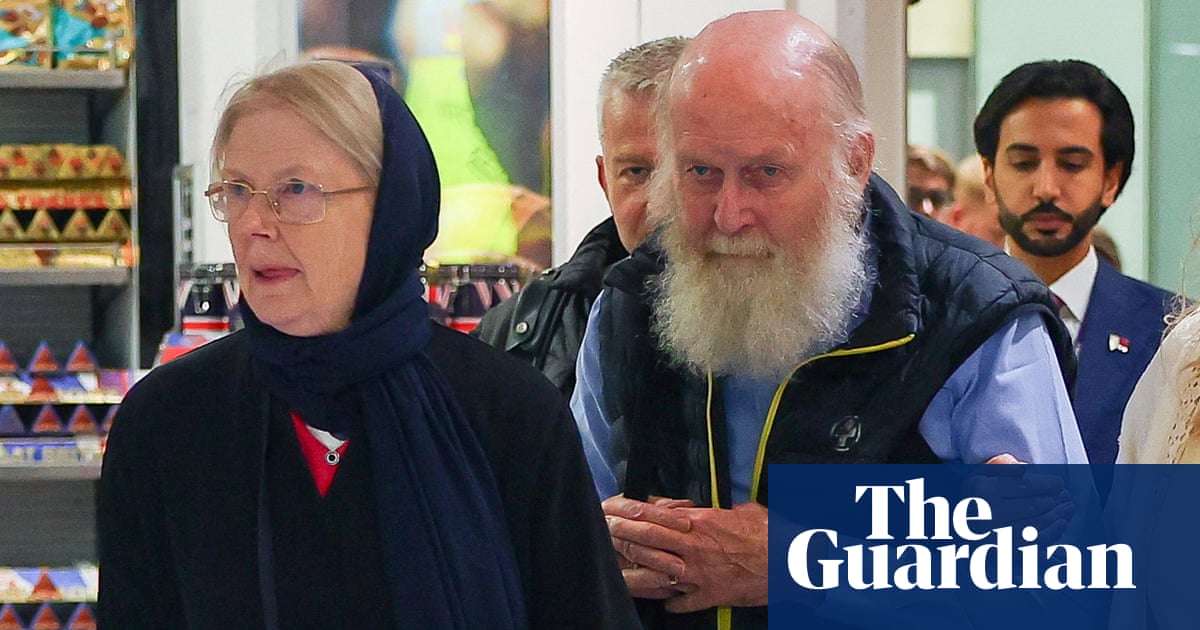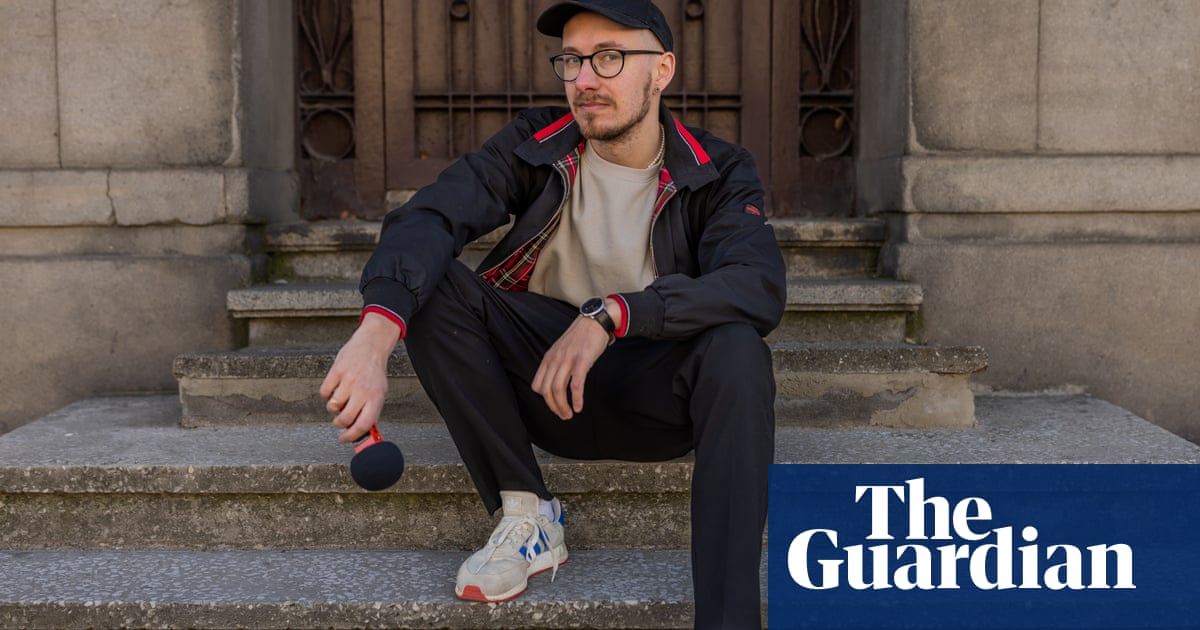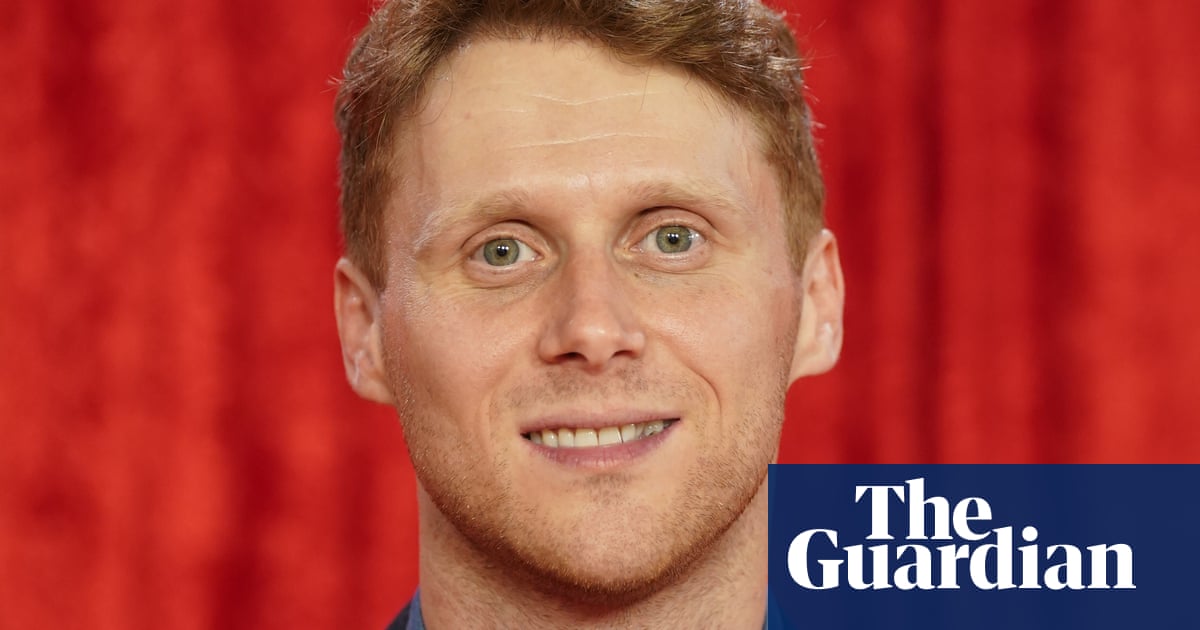George Platt Lynes was an American photographer who lived in Paris in the 1920s and then mostly in New York City for the rest of his life; he died in 1955. A gay man who was very out by the standards of the times, he was right in the middle of the one of the most flamboyant bohemian queer scenes of the period. And, man, did he have fun, shagging up a storm and taking nude pictures of beautiful men and women (but mostly men) when he wasn’t earning work shooting fashion spreads for Vogue magazine. This documentary, directed by Sam Shahid, introduces his life and work in a deeply respectful, straightforward way, splicing in hundreds of examples of his mostly black-and-white pictures with curators, admirers and some surviving friends and acquaintances. Notable interviewees include portrait artist Don Bachardy, and the painter Bernard Perlin, seen in archive footage given he died in 2014, who was a very close friend of Platt Lynes and the executor of his artistic estate.
Like so many other documentaries about dead artists that require cooperation from the deceased’s estate, this sometimes gets a little hyperbolic about its subject’s talent. Which is not to say that Lynes’ work isn’t worth exploring and celebrating, not only for its aesthetic merits but also for the way it captures a specific time and place. His commercial work was classical and elegant, tinged with a surrealism he learned first hand from Man Ray himself. His nudes and frankly erotic material are gorgeously sensual with a chilly, sculptural quality whose influence can be traced in later photographers of male nudes like Robert Mapplethorpe.
Meanwhile, the snapshot the film offers of New York’s queer scene in the 1940s and 50s – a shimmering fever dream of orgiastic (literally) cocktail parties, fuelled by passion and pomp – is an eye-opening delight. Lynes himself was in a long-running menage a trois with curator Monroe Wheeler and writer Glenway Wescott well before the word polyamorous was even coined, let alone “throuple”. He was also very close to such figures as Gertrude Stein, who scolded him like a granny for dropping out of university, and Christopher Isherwood among others. His encounter with sexologist Alfred Kinsey (which became a friendship) resulted in the Kinsey Institute holding a significant chunk of Lynes’ work, including a box marked “private” that the curators teasingly insist they’ve never looked in out of respect for Lynes. The latter emerges as an irrepressibly charming figure, although perhaps not without a sinister, manipulative side that the film never really delves into.

 2 months ago
57
2 months ago
57


